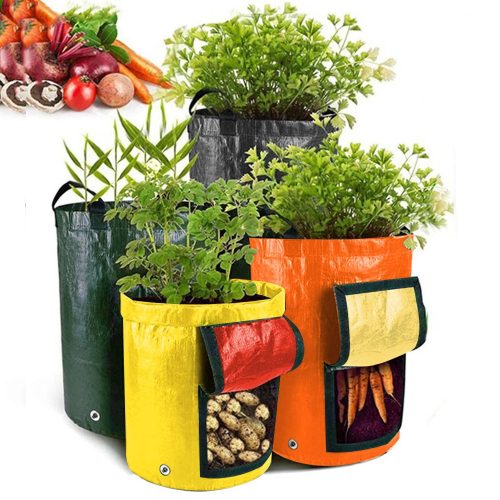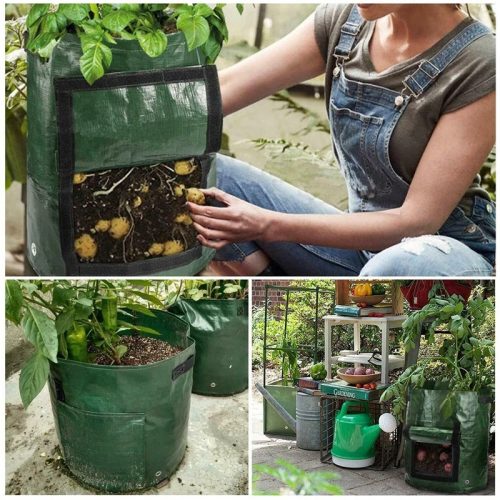Grow bags can affect plant growth in a few different ways, and there is science to support their benefits. Here are some ways grow bags can impact plant growth:
- Improved drainage: Grow bags typically have better drainage than traditional pots, which can help prevent waterlogging and root rot. This is because the porous fabric or plastic allows excess water to escape more easily, rather than pooling at the bottom of the container. In turn, this can promote healthier root growth and overall plant health.
- Better air circulation: The porous material of grow bags allows for better air circulation around the roots. This can lead to improved oxygenation of the roots, which is essential for healthy plant growth. Better air circulation can also help prevent fungal growth and other issues that can arise in moist environments.
- Reduced heat buildup: Because grow bags are made from breathable materials, they can help reduce the buildup of heat around the roots. This can be particularly beneficial in hot climates, where traditional pots can become too hot and harm plant growth.
- More space for root growth: Because grow bags are not as rigid as traditional pots, they can conform to the shape of the plant’s roots as they grow. This can provide more space for the roots to spread out and grow, which can lead to healthier plants.
- Better nutrient uptake: Because grow bags typically have better drainage and air circulation, they can help plants take up nutrients more effectively. When soil is too wet or compacted, it can be more difficult for plants to absorb the nutrients they need to grow. Grow bags can help promote the right conditions for nutrient uptake.
Overall, the science suggests that grow bags can be a beneficial choice for plant growth, particularly for plants that require good drainage and air circulation. By providing these conditions, grow bags can help promote healthier roots and overall plant growth.


